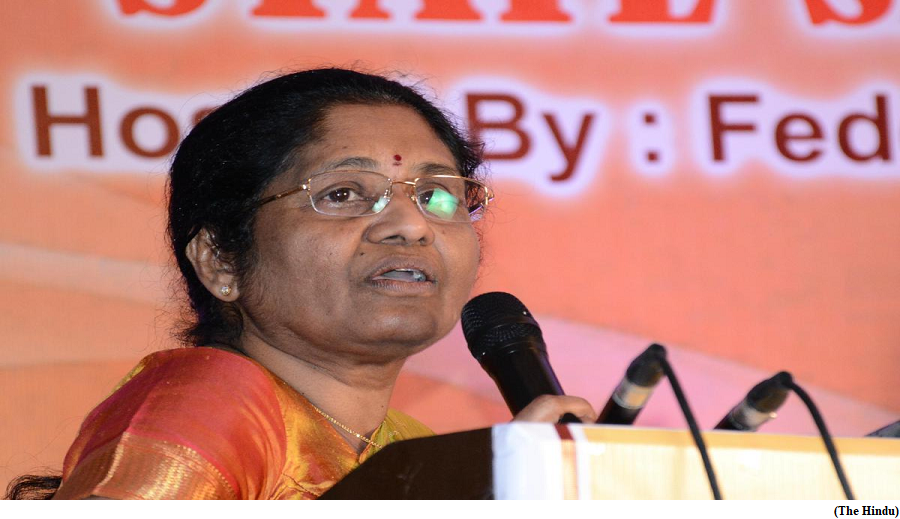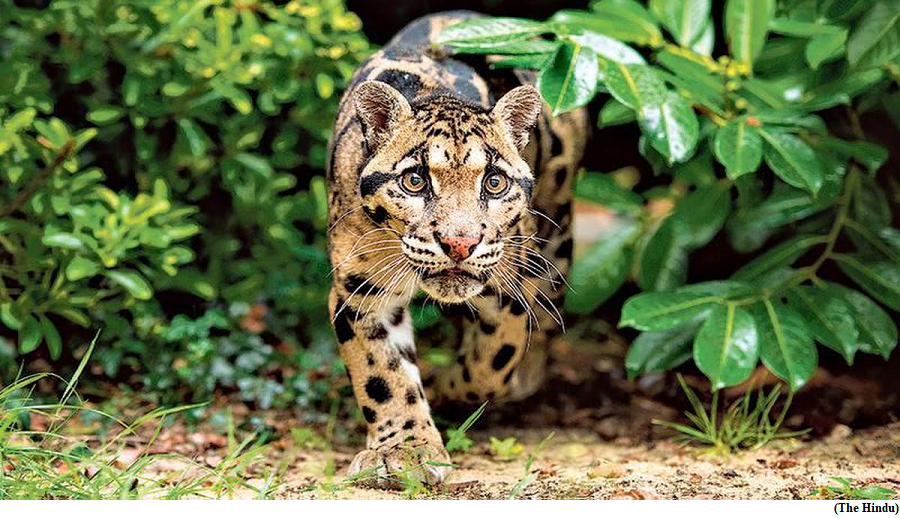Why are Rohini panel’s findings important? (GS Paper 2, Governance)

Why in news?
- The Justice G. Rohini-led Commission on the sub-categorisation of Other Backward Classes groups, constituted in October 2017, submitted its report to the President of India recently, after having received 14 extensions in the last six years.
- The Commission was initially asked to finish its report in 12 weeks.
What has the Commission examined?
- The President had formed the Commission headed by former Delhi High Court Chief Justice G. Rohini in October 2017, to examine the question of sub-categorising the over 2,600 caste groups listed in the Central OBC list.
- The Commission was tasked with first examining how much of 27% reservation (jobs and education) and other government benefits meant for OBCs was dominated by which caste groups.
- The Commission had arrived at the conclusion that a small number of caste groups among all OBC groups, were dominating reservation and other government benefits.
- It went on to explore ways of sub-categorising these existing OBC groups in order to make sure benefits can be redistributed equitably. This involved breaking up all OBC caste groups into further categories based on how dominant the communities have been in availing government benefits meant for OBCs.
- Subsequently, the Commission proceeded to work out a formula for breaking up the caste groups in a way that would make the highest share of the 27% reservation pie available to the groups that have historically been crowded out of them; and the least share of the pie going to caste groups that have so far dominated this sphere.
- It was also tasked with rationalising the Central OBC list by suggesting corrections and replacements in spellings, which will result in minor changes to the entries.
Why are the findings significant?
- With the Rohini Commission’s findings expected to throw up exact numbers on OBC communities that have availed benefits since reservation for them began in 1992, this data set will for the first time show the changes, if any, in the socio-economic status of OBC communities that have historically been able to avail benefits.
- It will inevitably have a direct effect on the electoral mathematics of political parties, where communities that have been dominating benefits are also politically dominant.
Clouded leopards play hide-and-seek in woods
(GS Paper 3, Environment)
Why in news?
- Recently, two scientists from the Wildlife Institute of India (WII) have found that the clouded leopard in western Assam’s Manas National Park and Tiger Reserve seems to play a mysterious game of hide-and-seek in the tropical canopy forests.

Characteristic features:
- The mainland clouded leopard (Neofelis nebulosa) is often likened to the Ice Age sabretooth because it has the largest canines in proportion to its skull size among all cat species.
- It also has rotating rear ankles that enable it to climb down head first from trees, unlike the other felines.
- The cat with cloud-like spots on its hide does not follow any specific pattern of operating in a certain space, unlike other carnivores.
- They seemed to go wherever they pleased without worrying about other predators, primarily because of their ability to climb trees, even hang upside down from large branches.
Species:
- The clouded leopard is categorised into two species: the mainland clouded leopard distributed from central Nepal to peninsular Malaysia, and the Sunda clouded leopard (Neofelis diardi) native to Borneo and Sumatra.
IUCN Status:
- The mainland clouded leopard is tagged vulnerable on the International Union for Conservation of Nature (IUCN) Red List and is considered at high risk of extinction in the wild due to deforestation and poaching.



